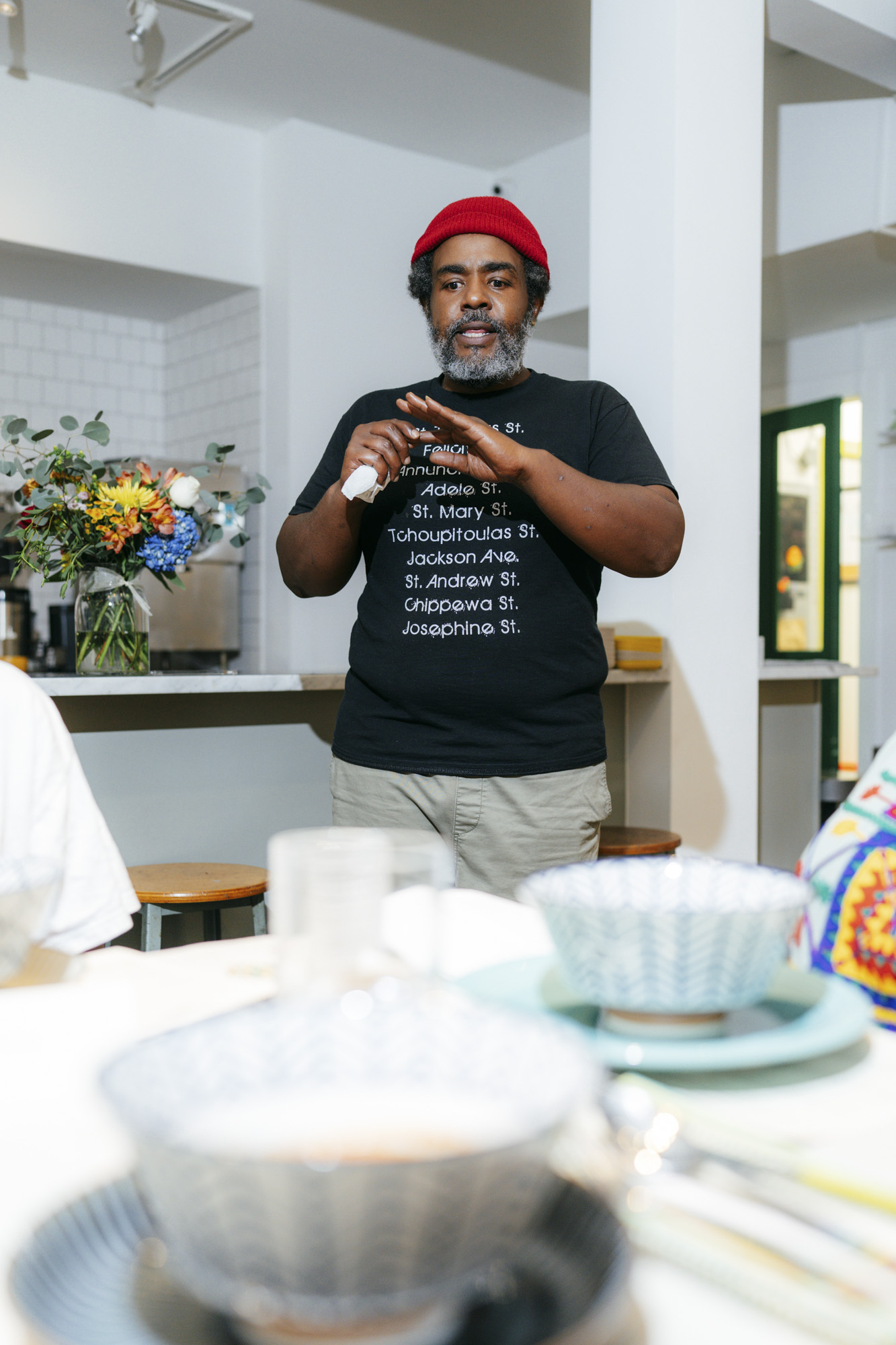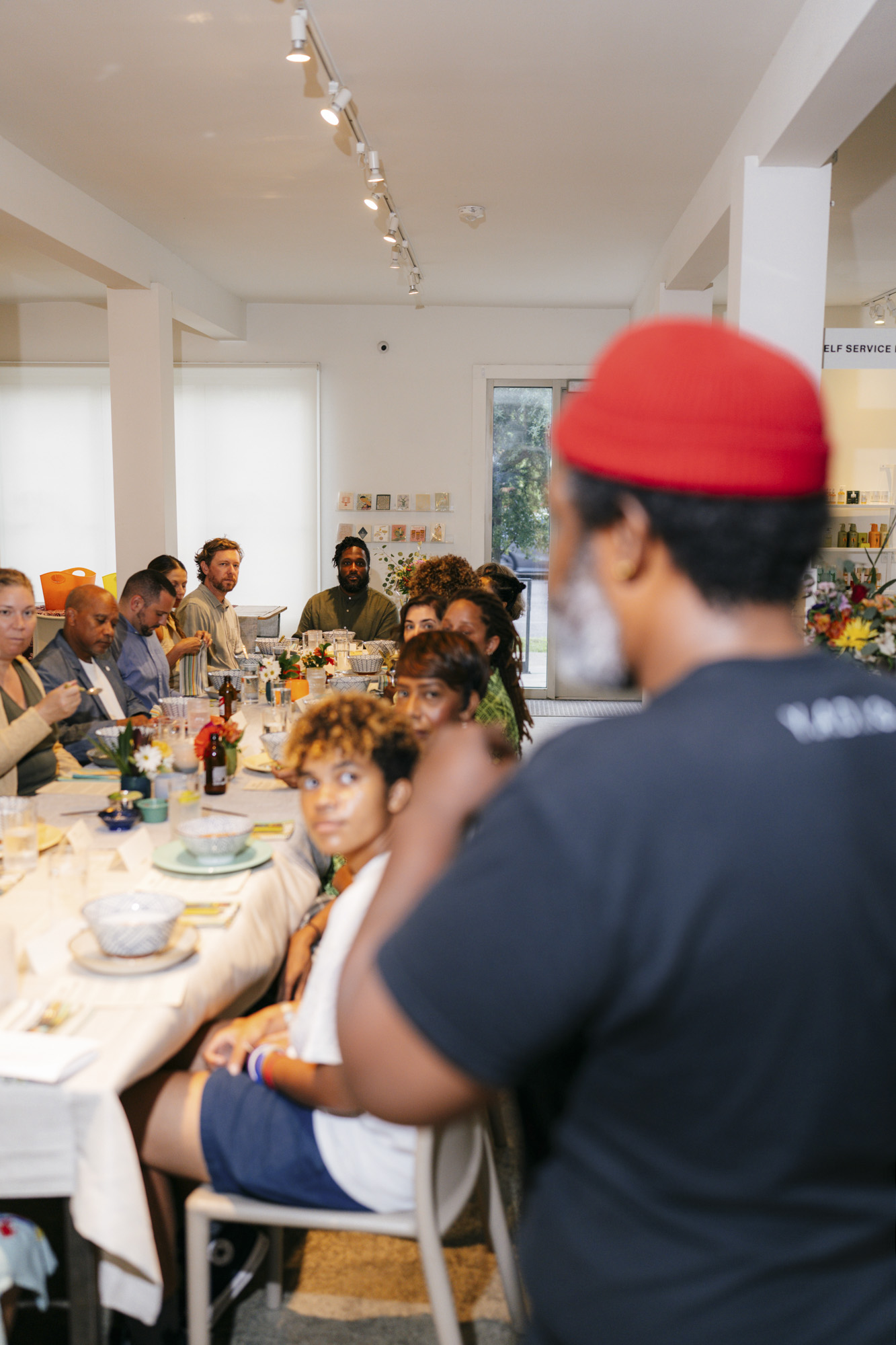Preparation - Getting us ready for storms, flooding and extreme heat.
Response & Recovery - Helping people during and after storms, floods and extreme heat.
Climate Adaptation - Changing our buildings and neighborhoods so that we can live and thrive through storms, floods and extreme heat.
Environmental Justice - The belief that residents of every neighborhood deserve safe, clean and healthy conditions.
Green Infrastructure - Plants, soil and rock gardens which soak up water where it falls.
Flood Reduction - Strategies for reducing damage caused by water.
Design - Planning and drawing improvements to our homes, businesses, streets and parks.
Advocacy - Building political support for necessary improvements.
Education - Teaching our people about our environment, climate, history and future.
Arts & Culture - Strategies used to teach and process information about our environment, climate, history and future.
Neighborhood Organizations - Groups based in specific places which advocate for those places.
Recovery - Cleaning up, getting residents and business owners back on our feet after storms, floods and extreme heat.
Mutual Aid - People in a community supporting each other with resources or assistance without an expectation of repayment.
Job Training - Preparing our people to work on climate adaptation projects.
Entrepreneurship - Starting and maintaining a business providing climate preparation, adaptation and direct response services.
Construction - Building, rebuilding and repairing our homes, businesses, streets and parks.
Engineering - Design and management of systems to help us live and thrive through storms, floods and extreme heat.
Roofing - Constructing, repairing and improving roofs to keep out water and save money on insurance and energy.
Planning & Policy - Government tools for determining where resources go.
Government - Authority over a specific place, such as a city, parish or state.
Financing & Development - How climate adaptation projects are funded.



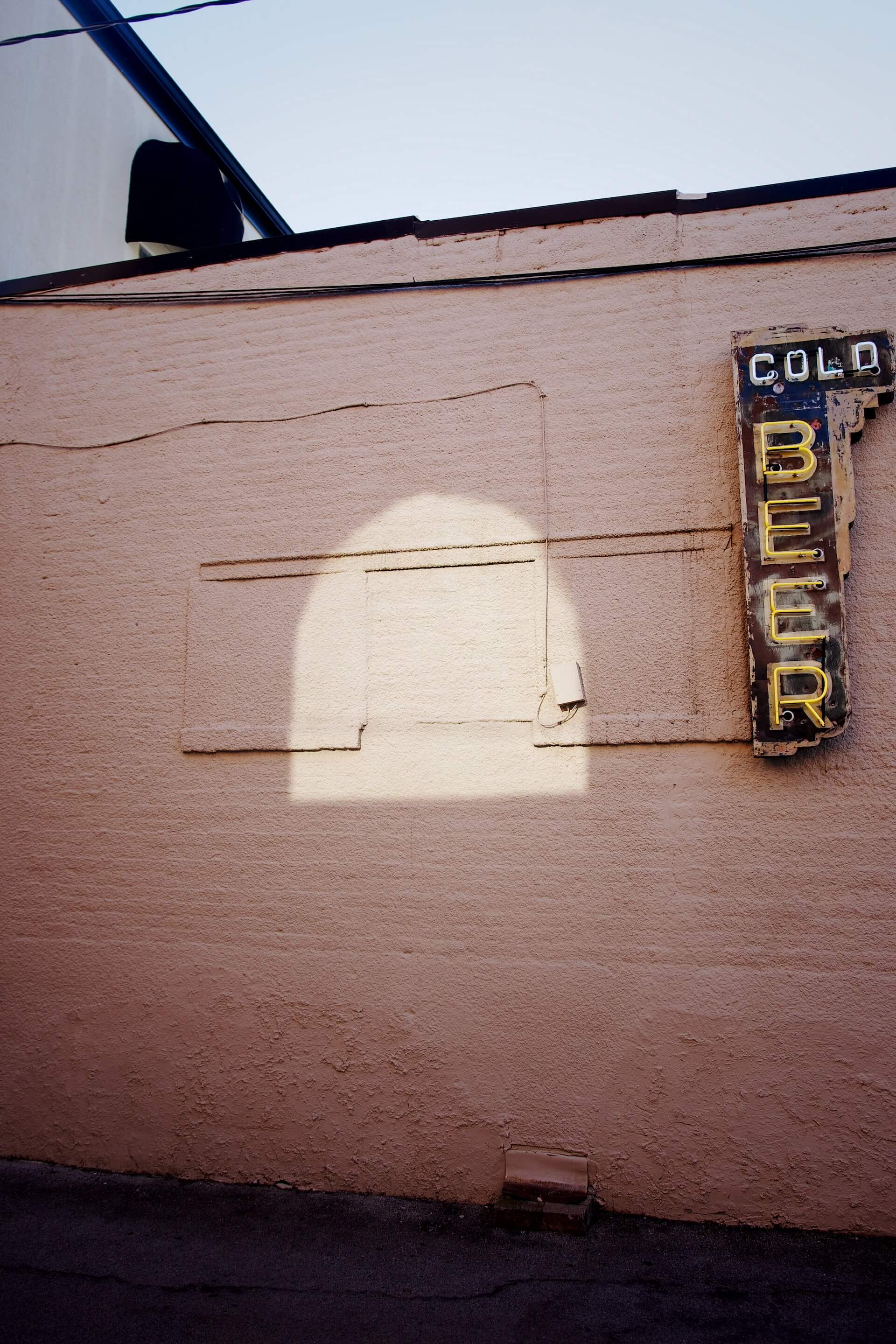

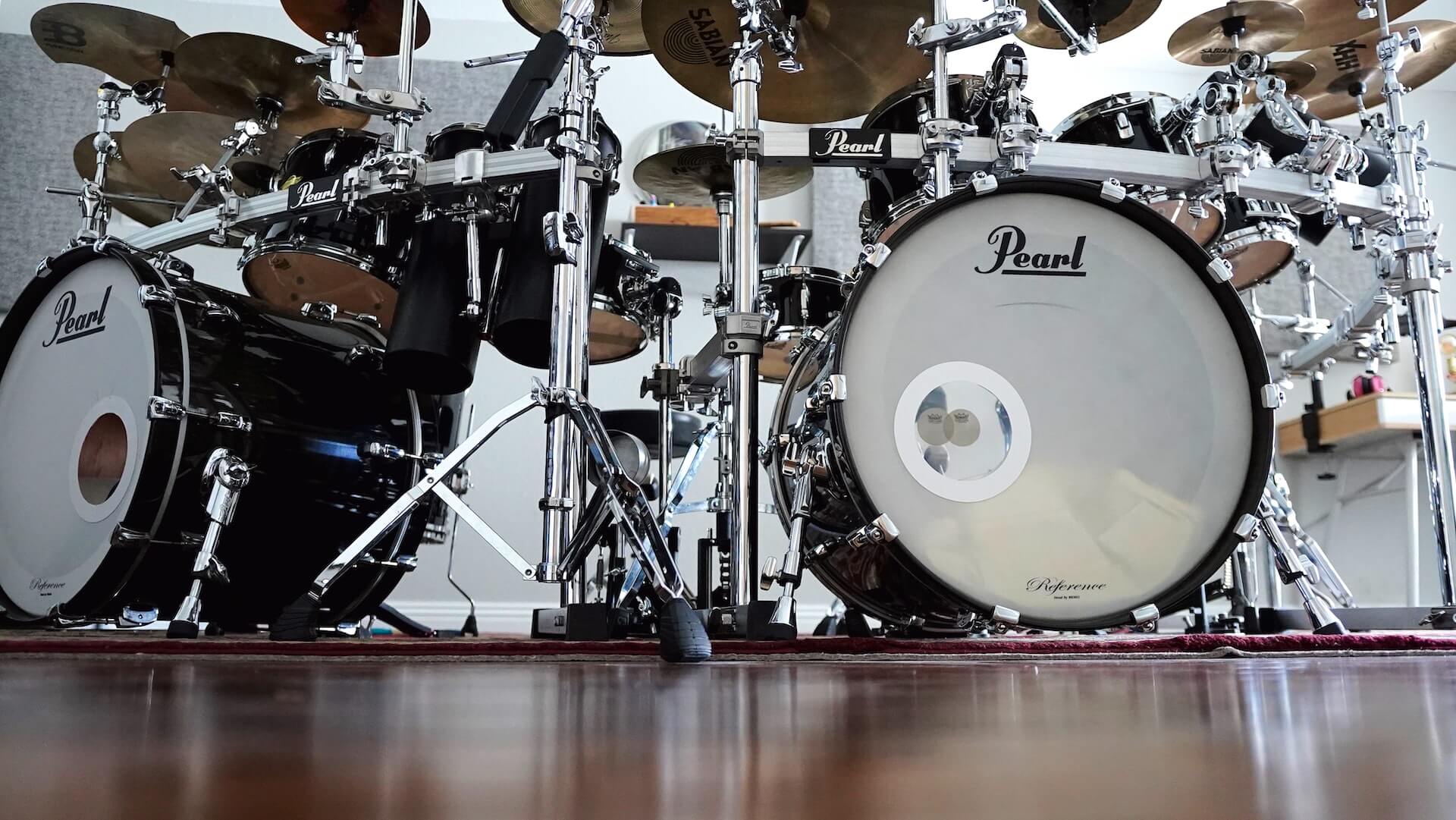
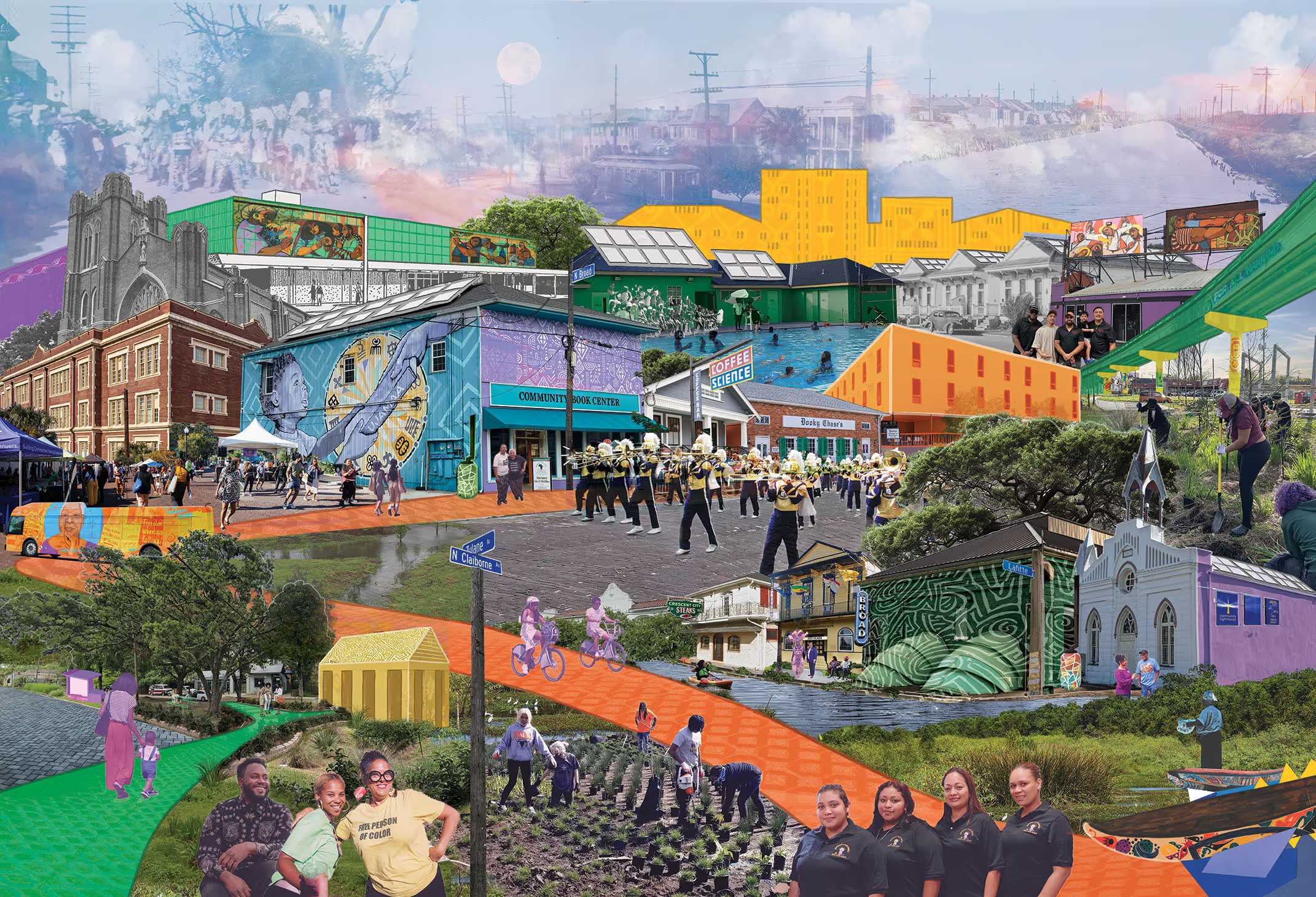
-ED_1.jpg)




